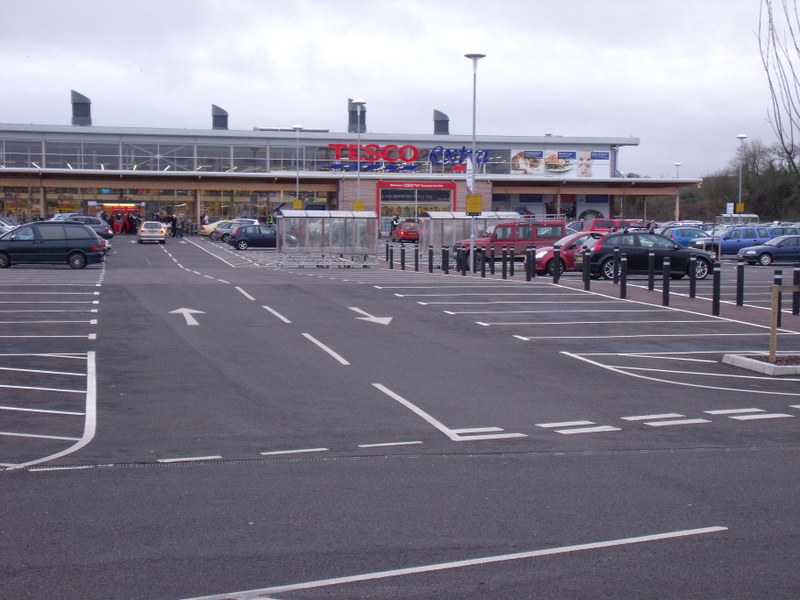Dynamic parking standards for the future
June 2020
Concept by Alexander Baum, English summary by Eric van der Horst
The provision of parking data for developers as part of their planning permission process is a daily routine for us. Through the years, we have developed car parking policies for multiple municipalities and private developers. As we regard car parking policies as just one of the many aspects of mobility we are also able to place it in a wider context. And over the years, we have discovered a few things.
A striking thing we discovered is that within project development, whereever you go in the world, car parking space ratios are often calculated with serious overcapacities. Apart from some European city centres, like in The Netherlands, there is generally an overcapacity of parking space. It is part of ‘the system’ to build more car parking spaces than we generally need. Car parking capacity is always built for peak moments. This results in the usage of lots of public space, at a cost which is often out of proportion.
Overcapacity
In the United States you don’t have to look far to see this. In the city of Seattle, for example, there are more than five parking spaces per household and in the city of Des Moines in Iowa, there are even nineteen parking spaces per household. At the same time, research shows that in Seattle, for example, the actual need is only 0.4 parking space per apartment. Other examples are the enormous car parks at ‘edge of town’ retail outlets in for example England, France or Germany; these are only completely full on very rare occasions.
Overcapacity and adherence to absolute standards per building results in disproportionate costs. By relating the costs of a mobility means per household to its actual use (taking in costs for construction, maintenance and the costs of the means of transport to itself), it is economically more viable to give space to other forms of mobility in new construction projects.
Lower costs, greater local quality of life
By analysing the new construction project, its local environment and including the potential for other forms of mobility in calculations, different dynamic parking standards can be achieved. The other forms of mobility in their turn, will cater for those peak moments. In other words, the delivery on peak capacity can be achieved by other means and at a much lower cost. When adopting this knowledge into parking policies, it will significantly reduce construction costs and permanently improve the quality of life in the immediate vicinity.
We are proud to have contributed this view point in the State of Transportation Planning 2020 report of the APA Transportation Planning Division in the United States. The further solution is to introduce dynamic parking policies, with availability and needs to be evaluated every three to five years. Certainly in older neighborhoods, the use of buildings and therefore the parking demand changes. By including dynamic parking policies in new developments, there is a lot to be gained in the long term, with considerable cost savings and greater local quality of life. Our consultants are happy to develope and to maintain such policies with you.
Adapting dynamic parking standards needs to be done with care. We also interviewed Dr. Giuliano Mingardo, senior researcher at the Erasmus Centre for Urban, Port and Transport Economics (Erasmus UPT). In this interview, Dr Mingardo explains the dynamics of responsible implementation of dynamic parking standards. Read the interview!



